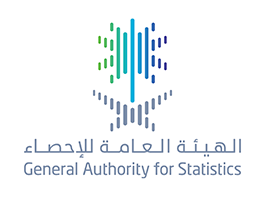Last update 9 / 10 / 2017
The main specialized concepts and definitions used in Persons with Disability Survey

1) Geographic distribution data:
- The geographic distribution data provide indicators for the local services planning and for its distribution on local units.
- They provide data about the discrepancy in all demographic and social indicators between the different regions of Saudi Arabia according to the survey findings.
- Providing data about the categorization and tabulation of all demographic and social characteristics of the individuals included in the sample in the form of statistical schedules categorized and tabulated according to the administrative division of the Kingdom and all different regions in Saudi Arabia. The tabulation of the five-tab age classification of the population census is adopted to analyze population changes and evaluate the future population censuses in addition to the calculation of the vital amended details, for example, the fertility rate according to age.
- Providing the age-distribution data help study dependency issues, patterns and trends of consumption and the labor power.
2) Nationality data:
- Identifying the population structure according to nationality and the rates, and providing data in the field of educational and health services.
- Measuring the labor work according to the nationality.
3) Educational status:
- Providing data about the illiterates, their places and ages, which will help in studying this phenomenon and setting proper programs for tackling it;
- Making comparative analysis of illiteracy data stemmed from this and previous censuses to measure effectiveness and progress achieved by the state in literacy programs.
4) Occupation status:
- Identifying the manpower professional structure and consistency with the actual needs of the necessary state's development programs.
5) Marital status:
6)The Persons with Disability data:
- Identifying Persons with Disability in Saudi Arabia and the types of their disabilities and their distribution according to the administrative regions.
- The tabulation of the individuals' data according to age and gender helps in innovating rehabilitation programs for the disabled.
- The tabulation of the Persons with Disability according to their economic traits helps in identifying their contribution to the economic activity.
Statistical Survey:










